Posture: The good, the bad and the ugly
Heads up! How you stand can show pet owners and coworkers what you stand forhigh-quality client service and veterinary care. It also builds self-confidence and sends positive vibes to those around you. Or you could flub your client interactions with bad body language that says back off!
Check out these examples of posture and quick critiques from Drs. Karen Bradley and Lori Teller of the Women's Veterinary Leadership Development Initiative (WVLDI).
Posture 1: Arms crossed
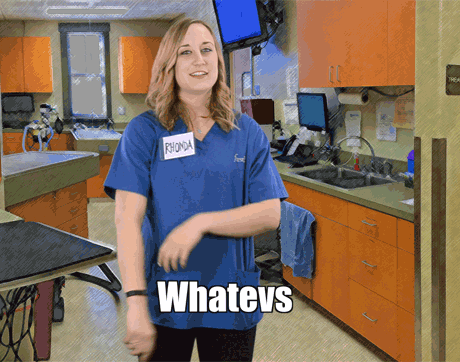
An unhealthy attitude oozes from Rhonda the receptionist's posture. Closed stance, arms crossed, shifting weight from one leg to another, and eyes focusing anywhere but the person she's with-she's closed for business!
Posture 2: Standing tall
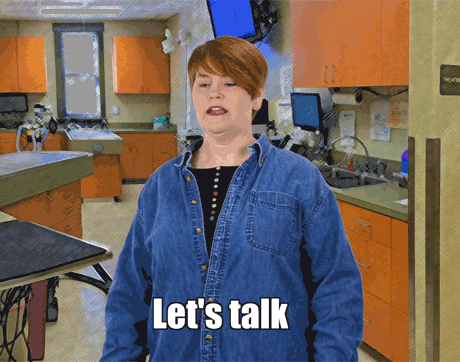
This team member speaks with confidence. Her shoulders are straight, chin out, and she's making great eye contact. Her open stance invites you to join in a conversation.
Posture 3: Hands on hips

Who's feeling seasick watching this? Rhonda's swaying to and fro, hands on hips, presenting a defiant and uncaring attitude. She doesn't want to hear what you have to say and has better things to do. I would disengage and ditch this conversation, wouldn't you?
Posture 4: Hands on hips, judging client
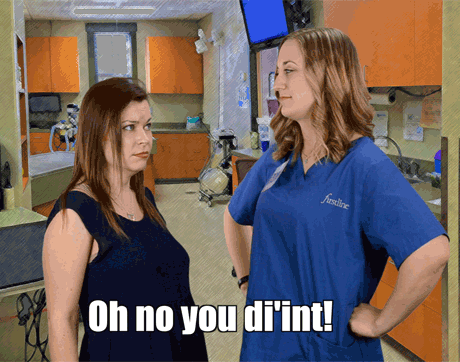
Rhonda is in the client's space, dominating the client and discouraging further discussion or questions. Her posture says she's about to pronounce a guilty sentence on this wary client.
Posture 5: Open posture with client
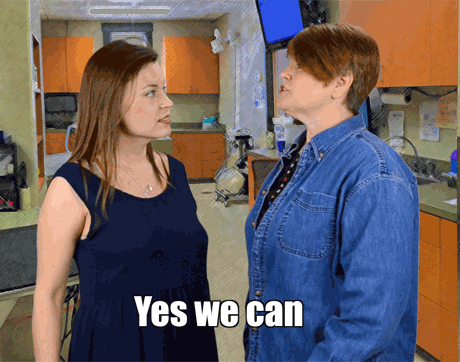
There's great eye contact between the veterinarian and client, who nods along to what the veterinarian's saying. The veterinarian uses an open stance, her hands drawing client into what she's saying with a pleasant, knowing head nod.
Posture 6: Stance with open authority
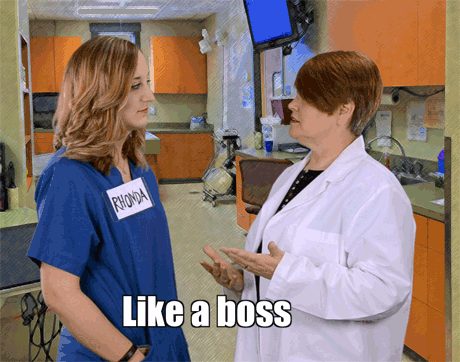
Rhonda the receptionist's casual hands-in-pockets stance is an acceptable blend of an open and closed stance. It implies she's listening and at least partially receptive to what they veterinarian's saying.
As the doctor speaks, the doctor shifts her open stance into a slight power stance by placing her hands on her hips. This is offset by her gaze shifting upward, which implies authority as well as inclusiveness and a willingness to look for other ways to address the issue they're discussing.
Posture 7: Checking a smartphone
To check a Facebook status or ignore-that is the question! When you turn all attention to a smartphone or device, you're sending a clear signal-closed for business. A pet owner or coworker wouldn't want to interrupt Rhonda with a question or concern.
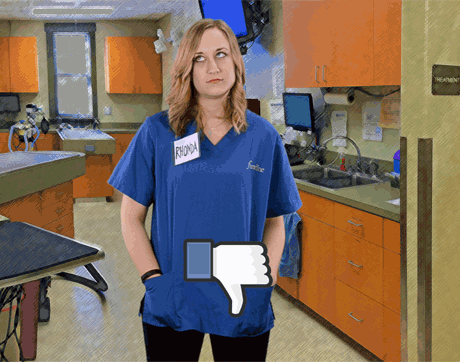
Clearly Rhonda doesn't think anyone else's needs could be as important-or diverting-as the text on her tiny screen. This simple act thrusts a barrier between this team member and everyone else around her. Dislike!
Posture 8: Putting the phone away
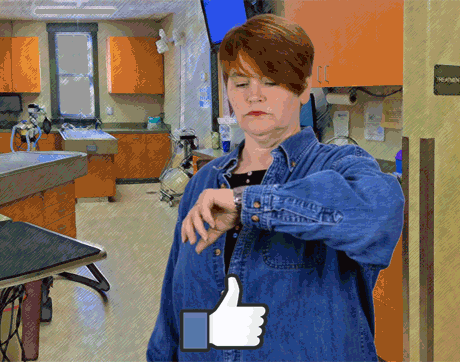
When this team member places her phone in her pocket and looks up to make eye contact, she opens the door to those around her. Anyone would feel more comfortable addressing her and receiving her attention as a reward.
Posture 9: Slouching in a chair
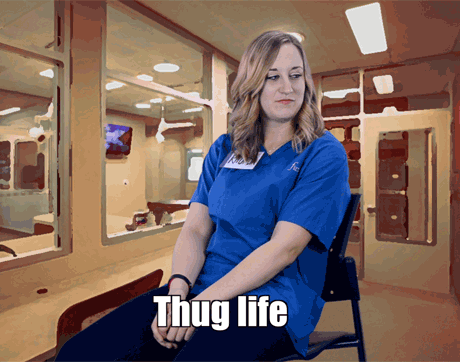
Rhonda is bored and tired and she's mentally left building. She has no confidence in what's going on and wants no part of it.
Posture 10: Standing to greet clients
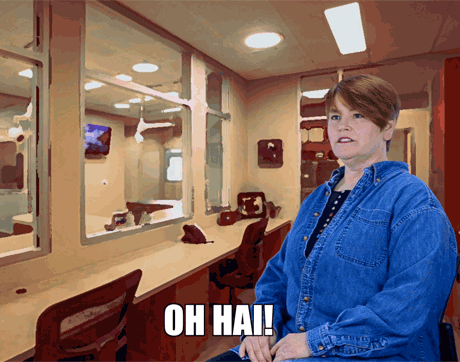
Moving to greet someone, rising to acknowledge them with this bold and inviting gesture, speaks volumes. This team member's happy to see you, and she shows it with a warm smile and confident body position.
Posture 11: Open sitting position with authority

This authoritative, open posture makes you feel more confident in what this veterinarian's saying. She's open to questions and concerns, and we want to seek her advice.
Posture 12: Leaning on table taking notes
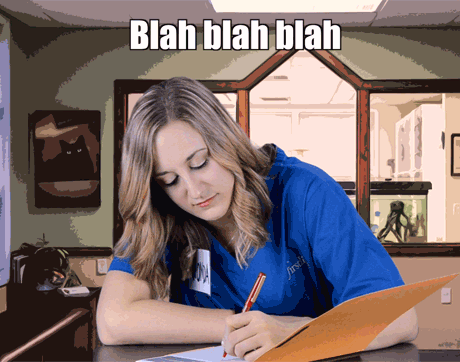
Rhonda's confident in her ability to hear the pet owner and transcribe. Her posture of leaning in to listen seems attentive and caring, but we'd really feel she cares if she'd make eye contact and look at the paper less.
This posture can be helpful when the client is seated and the technician wants to lean in closer to hear the client. It's also a less threatening pose if the client is upset or anxious.
Posture 13: Leaning on the table
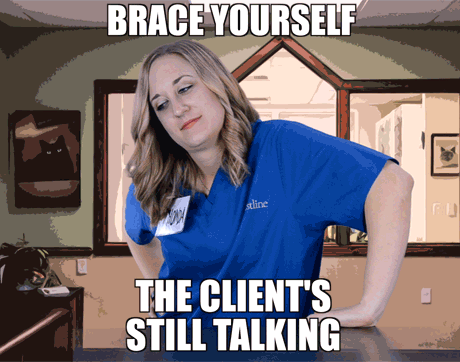
Rhonda's body language says to clients: “Shut your pie hole!” This team member's got one arm on the table-and one foot out the door. We sure hope she doesn't shut the door before the pet owners finish explaining why they're here to see Dr. Cares.
Posture 14: Standing straight to take a pet's history
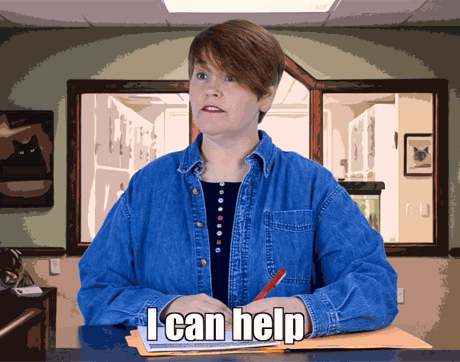
This team member demonstrates a nice, upright posture with eye contact balanced with a head nod and shift of gaze to her chart. She's demonstrating she hears the client and she's actively capturing it in her notes.
Posture 15: Team member with hands in pockets
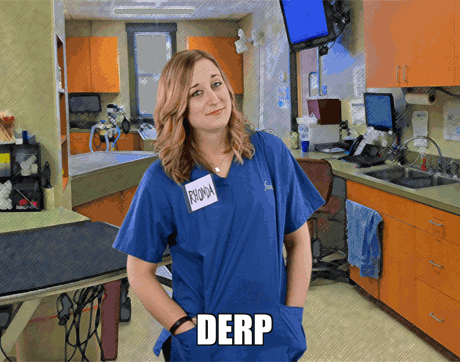
This posture is a wall to many people. Just shy of a full arms crossed pose, this half way position can be off-putting to many who don't know Rhonda well. It also makes you doubt her confidence in her abilities.
This posture is sometimes common in new team members who aren't quite sure where they fit in. The slight smile as she responds to what someone said may show that she wants to be more engaged, but she isn't quite sure of the clinic culture yet.
Posture 16: Standing straight without leaning
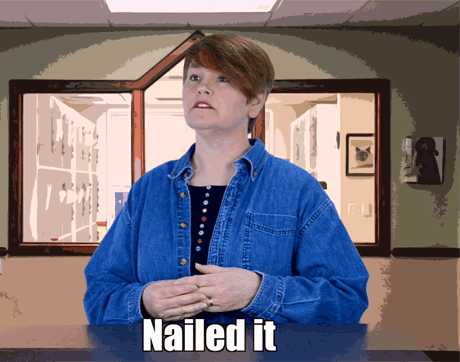
This team member is listening and responding, and we're confident in her ability to communicate. She nods, and her open stance and hand movements accentuate our conversation. Pet owners will leave satisfied with today's visit.
Bonus moves: These two postures are great confidence boosters you use in private to prepare yourself for client interactions.
1. Hands in the air (like you just don't care)

This might feel a little awkward, but it's a great pose to practice privately before public speaking to energize yourself with positive feelings.
2. Hands on the hips
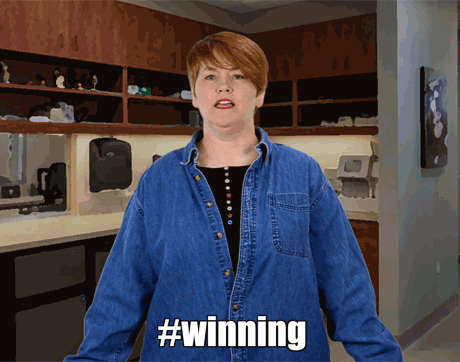
Here's another great confidence-boosting pose. Before you walk into the next exam room, put your hands on your hips for a few moments and let yourself feel stronger.
WVDLI is dedicated to helping develop women leaders-in organized veterinary medicine, and from practice owners to academia to corporate boards-and to achieve a stronger, more effective and personally rewarding profession. Learn more at womenveterinarians.org.